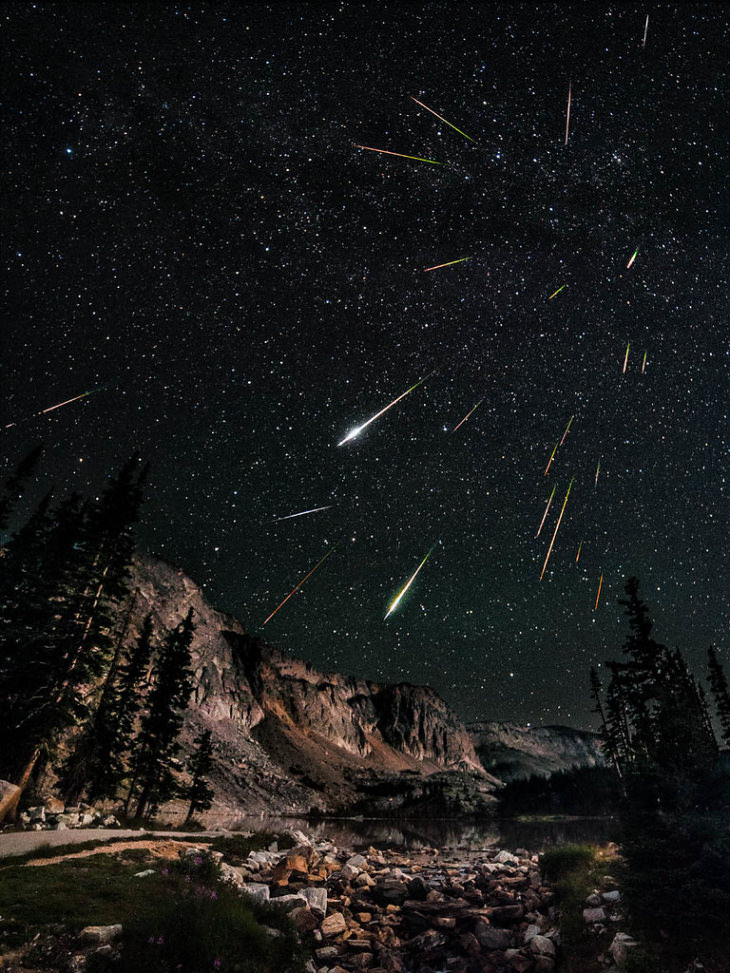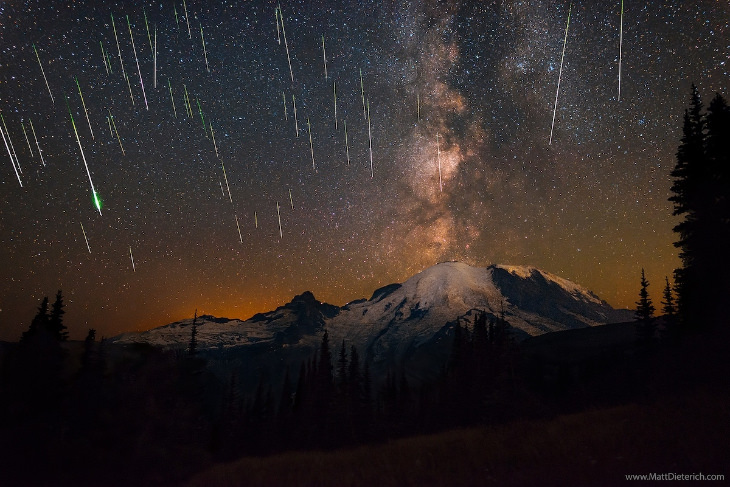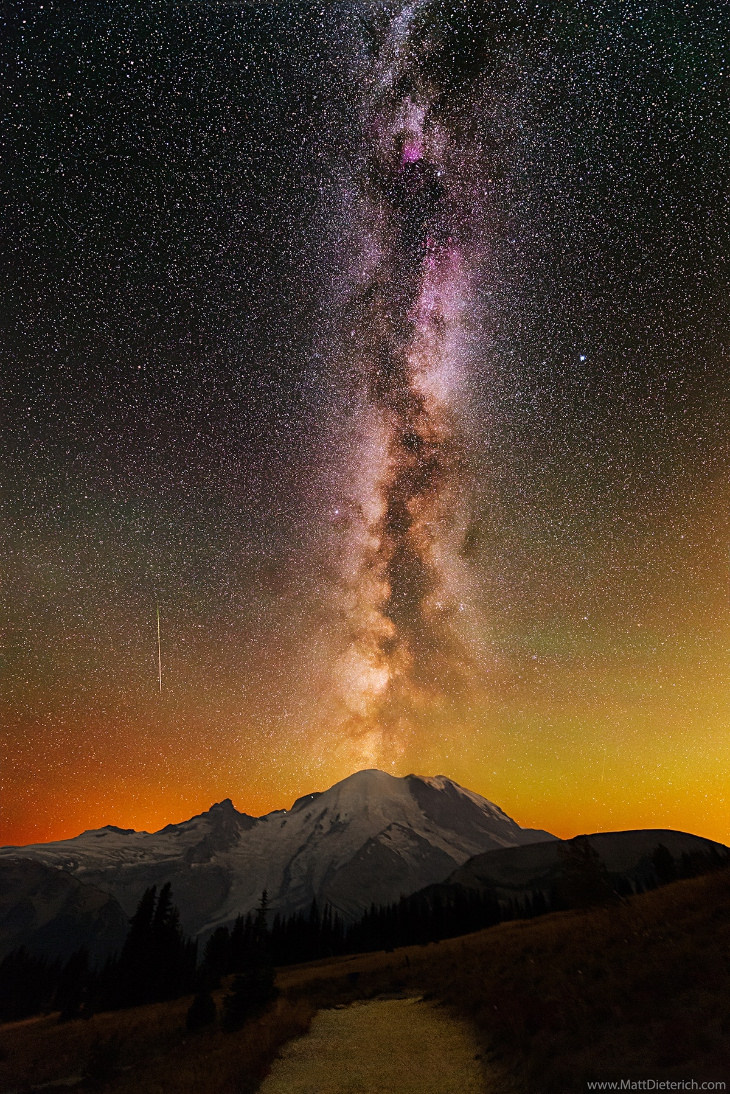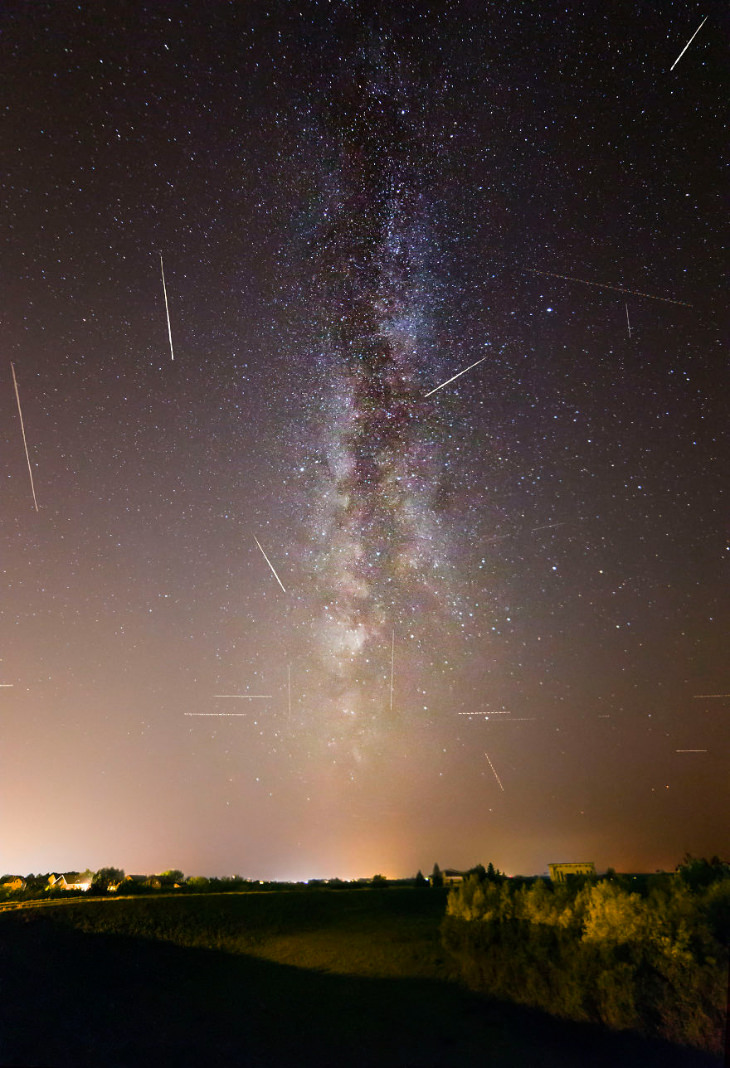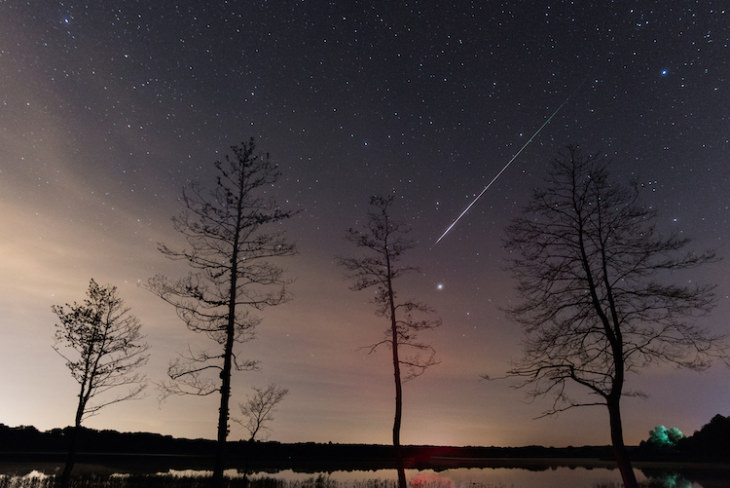
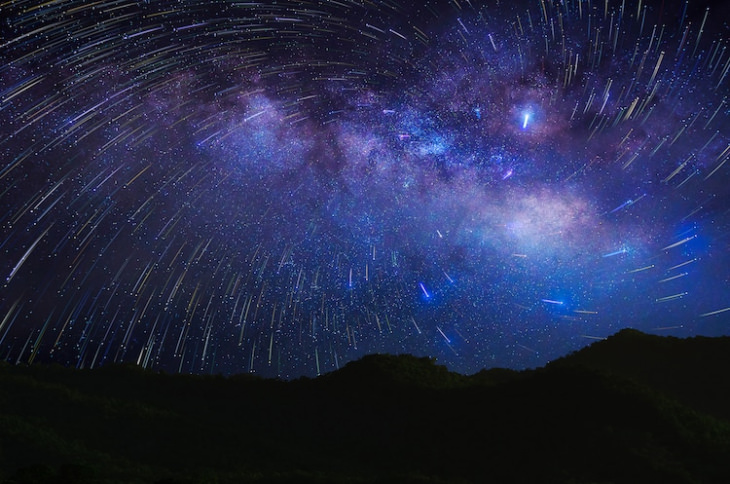
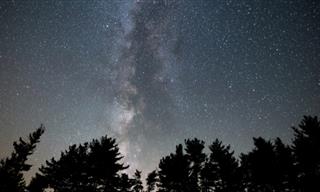
This Comet Will Not Return for Another Million Years
For the amateur photographer, the hard-core space fans, and everyone else, here are the night sky events you can't miss this august!
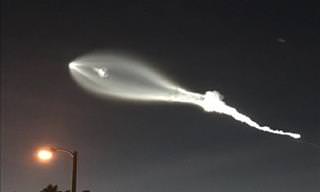
You Won't See These Rare Sights Twice in Your Lifetime!
Here are 20 rare and unbelievable sights that you certainly won't end up seeing twice in you lifetime!

7 Discoveries of Albert Einstein that Changed the World
The 7 biggest discoveries of Albert Einstein and how they changed the world forever.
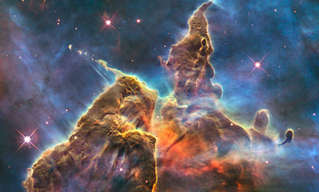
Behold the Colorful and Unearthly Beauty of Our Universe!
The Universe is a Colorful, Amazing Place...
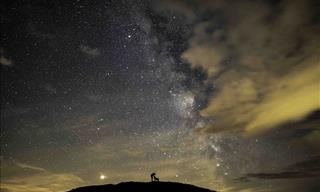
Mind-Blowing Images From the 2019 Astronomy Photo Contest
Held by the Royal Observatory Greenwich, these are the winners of the 2019 Insight Investment Astronomy Photographer of the Year Competition
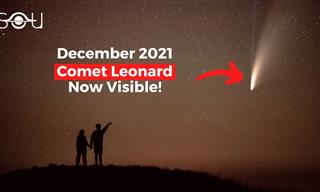 4:58
4:58
An Astronomical Event That TRULLY Won't Happen Again
This comet will only pass the Earth once. See it now before it's too late!

The Most Beautiful Birds in the World Are in Costa Rica
The Jungles of Costa Rica are rich in beautiful animal life, none more beautiful than the many birds that call it home.

Nature Really Went Overboard While Creating These Animals
This rare collection of pictures shows common animals but with some truly unique features. Check it out!

These 10 Animals Have The Strangest Qualities
Animals do the weirdest things sometimes. These animals will have you scratching your head for days.

7 of the Most Beautiful and Unique Birds of North America
Some of the most beautiful birds of North America and the Caribbean.
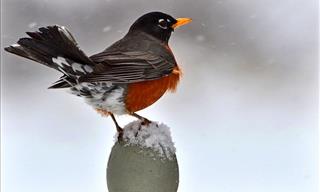
Take a Look at 10 of the Best Singing Birds in the World
Here is a look at some of the best singing birds from the world whose melodic sounds will certainly please your ears.

10 Vegetables and Plants You Can Grow in the Fall
Just because we're approaching fall it doesn't mean you should hang up your gardening gloves. There's still plenty of things you can plant in your garden.

The Beautiful World of Indian Birds - 21 Gorgeous Photos
Let’s marvel at the exotic beauty of Indian birds.
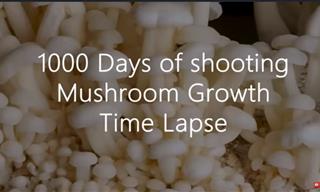 3:27
3:27
Nature in Fast-Forward: 1000 Days of Mushrooms
Showcasing 13 different types of fungi, the video is a mesmerizing journey through the growth and transformation of these incredible organisms.

There are So Many Reasons for Us to Love Penguins
Penguins are as beautiful as they are fascinating. Here is all you need to know about these wonderful birds...

This Collection of Dog Facts Will Definitely Surprise You
If you think you know a lot about dogs, think again. These 16 surprising facts will open your eyes and give you insight into our best friend's world.
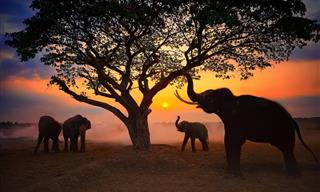
World's Best Animal Photos: 20 Winning Images by Agora
Check out some of the finest photographs from Agora's #Animals2020 contest that shows the beauty of wildlife from the world over.

These Cute Bat Photos Will Change Your Perception of Them!
These adorable photos of bats will change your perception of them forever!
 8:02
8:02
14 Signs Your Cat Sees You as Their Real Parent
Watch for these behaviors to understand just how much you mean to your cat, less an owner and more as a parent.
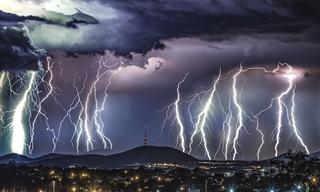
22 Award-Winning Photos That Capture the Power of Nature
The International Photography Awards has many categories, but today, we will focus on nature, with 22 stunning highlights from the 2020 competition.
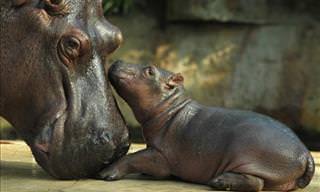
This is What Pure Love Looks Like in the Animal Kingdom
This heart-warming photo series proves that the love between a parent and child is universal.

We Have Never Seen Majestic Birds Shot From This Angle!
Nature photographer Ruurd Jelle van der Laij has been documenting birds for years, and over time he caught a few very funny shots of magnificent birds
 3:07
3:07
Spore to Fungi: The Lifecycle of Mushrooms in Fast-Forward
Enjoy this look into one of nature's most incredible shows: the lifecycle of the mushroom in time-lapse over 2 years.
 2:24
2:24
This Stunning Bird of Prey Video Will Leave You in Awe!
Be humbled by the extreme beauty of these birds of prey in their natural environment.
 2:48
2:48
The First 3 Months of a Panda's Life is Amazing to Watch!
The first 100 days in a panda's life. They don't start out looking like pandas!
 10:01
10:01
The 10 Most Beautiful Owl Species in the World
Showcasing some of the most gorgeous owls in the world and how they live their lives.
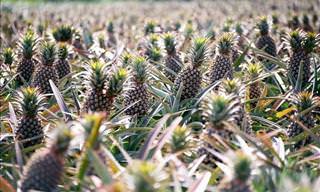
We Bet You Don't Know How Your Favorite Foods Are Grown!
Ever wondered how peanuts grow? Or what cocoa actually looked like before it was harvested? Well, you've come to the right place!
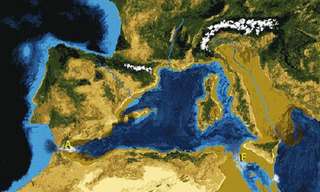
16 Bizarre Facts That Are So Strange They Could Only Be True
Sometimes science is so bizarre it blows the mind. Read These 16 fascinating facts that prove that truth is stranger than fiction.
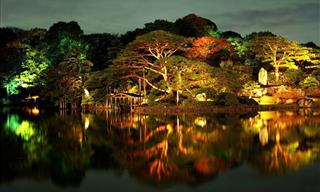
16 Stunning Gardens I'd Be Delighted to Stroll Through...
A stunning collection of 16 different landscape designs that will excite every nature lover out there.

Stunning Dogs in Their Natural Environments
These photos capture dogs amid Austrian wilderness. And the results are truly magical, capturing some enchanting portraits. Take a look for yourself.

16 Beautiful Breeds of Sheepdogs Found All Over the World
Sheepdogs aren't just farm dogs used for herding livestock, they also make incredibly sweet and caring pets, and efficient watchdogs.

20 Weird Animal Eating Habits We Never Think About
The natural world can be both a weird and wonderful place, as the facts you are about to learn certainly prove.

The Truth About Nature’s Most Misunderstood Animals
Bats, hyenas, vultures, snakes, and more – today we will shed light on the world’s most misunderstood animals.

9 Fragrant Roses to Fill Your Garden with Pleasing Aromas
Check out this list of some intensely aromatic roses that will flood your garden area with delightful smells.
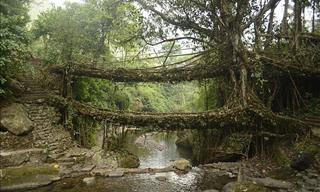
7 Uncommon Trees You've Probably Never Seen Before...
Trees are often underappreciated. Here we present to you some of the most unusual yet fascinating trees from around the globe.

INTERACTIVE: 26 of the Cutest & Prettiest Animal Posts!
From pandas to bunnies, from tigers to hedgehogs, this interactive collection promises animal lovers a terrific time!
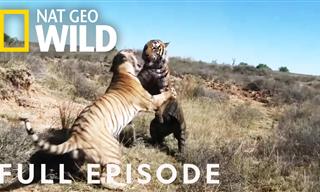 44:25
44:25
War of the Carnivores: Full Length Wildlife Documentary
These fierce warriors contest each other in a raw, untamed spectacle of survival, where every moment counts. Brace yourselves, the battle begins.
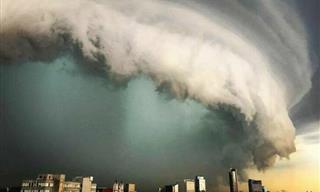
When Nature Strikes, You Can't Hide: 16 Captivating Photos
These 16 photos reveal nature’s fierce side.

I Can't Stop Laughing at These Cows Who Think They're Dogs
A cow probably isn't the first thing that springs to mind when thinking of man's best friend, but here are 16 photos which prove that they actually are!

What Did These Breeds Look Like a Century Ago?
Certain breeds of dogs have changed a lot over the last century. Check out some of their evolutionary changes here.
 17:10
17:10
Nature's Marvel: The Fascinating Biology of Seahorses
The seahorse is one of the most unique creatures of our planet. Let’s find out some interesting facts about its insane biology.

12 Beautiful Plants that Flourish in the Summer Heat
many plants are simply unable to grow in the summer heat. but the 12 before you do well in it and can decorate your house all summer long.
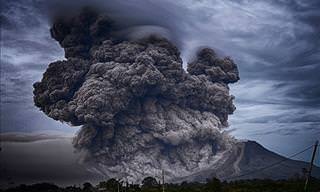 4:03
4:03
The Deadliest Volcanic Eruptions in Human History
Volcanoes are one of Mother Nature's deadliest phenomena. Here are the 5 most deadliest volcanic eruptions in human history.
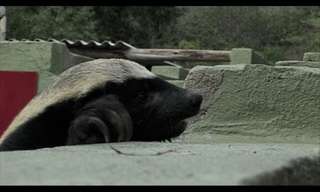 4:12
4:12
Houdini Is Back, And He's a Honey Badger Now...
An amazing video that every animal-lover should see.
 19:18
19:18
5 Of the Most Remarkable Adaptations in the Natural World
This video looks at five animals who have some remarkable adaptation abilities for survival in the natural world.
 15:12
15:12
Meet the Most Amazing Architects of the Animal Kingdom
Take a look at some of the weirdest and most wonderful bird nests from the animal kingdom.



